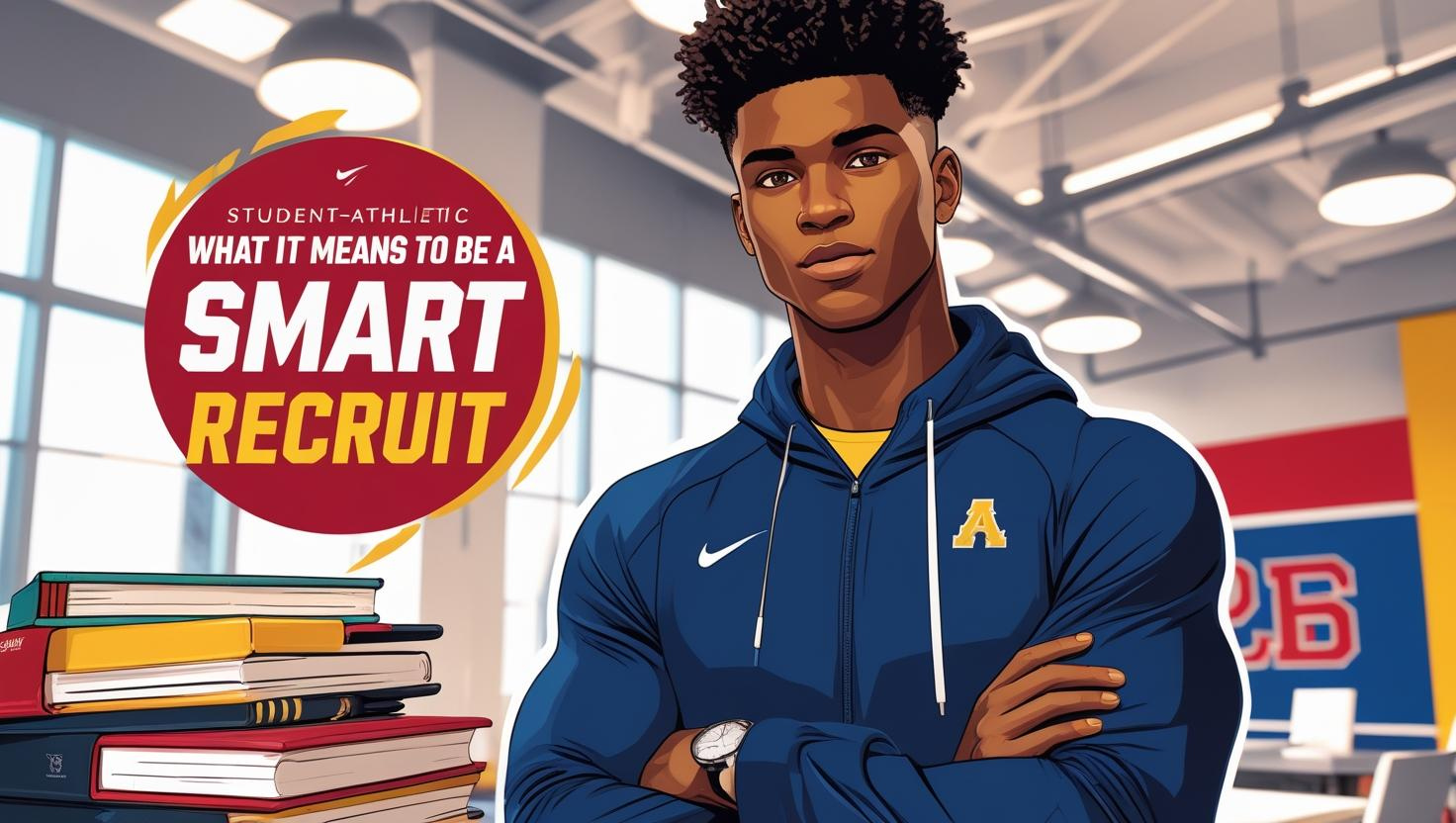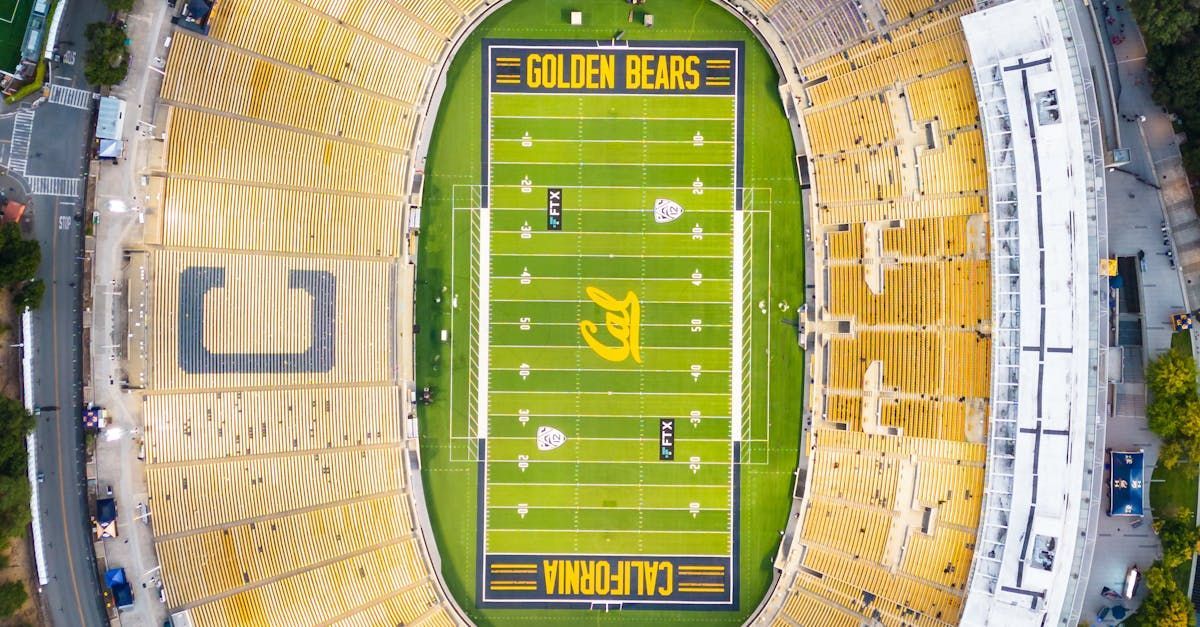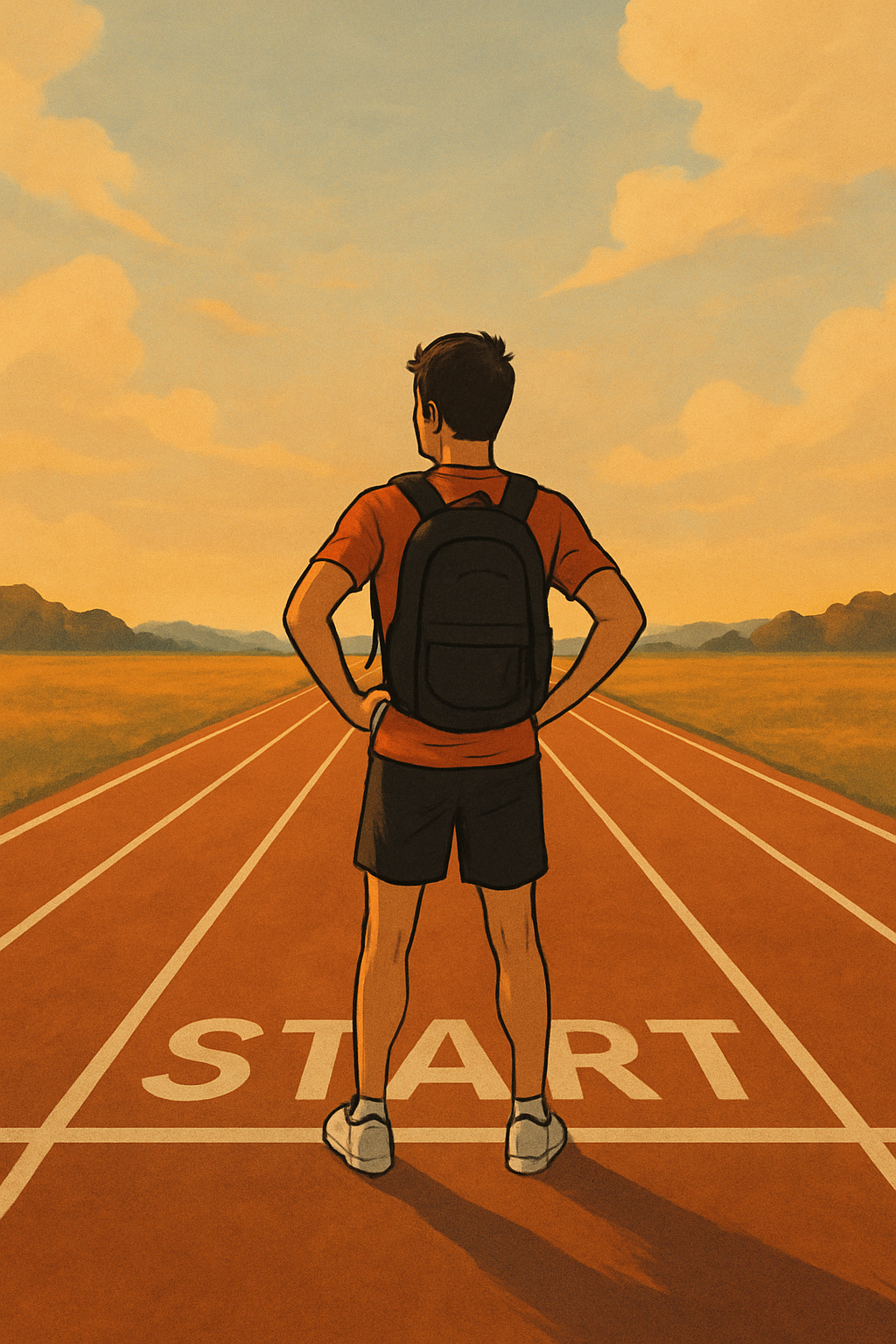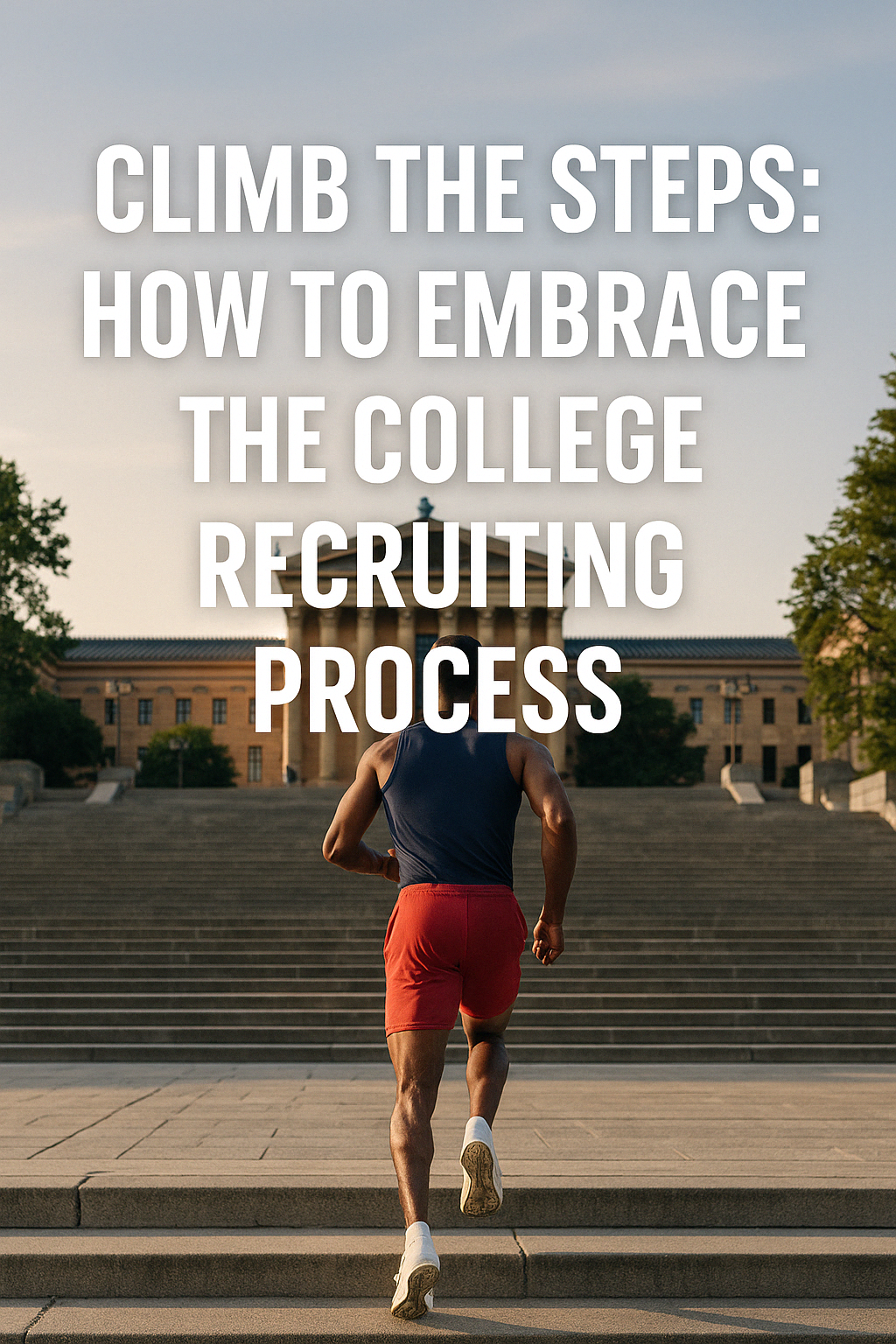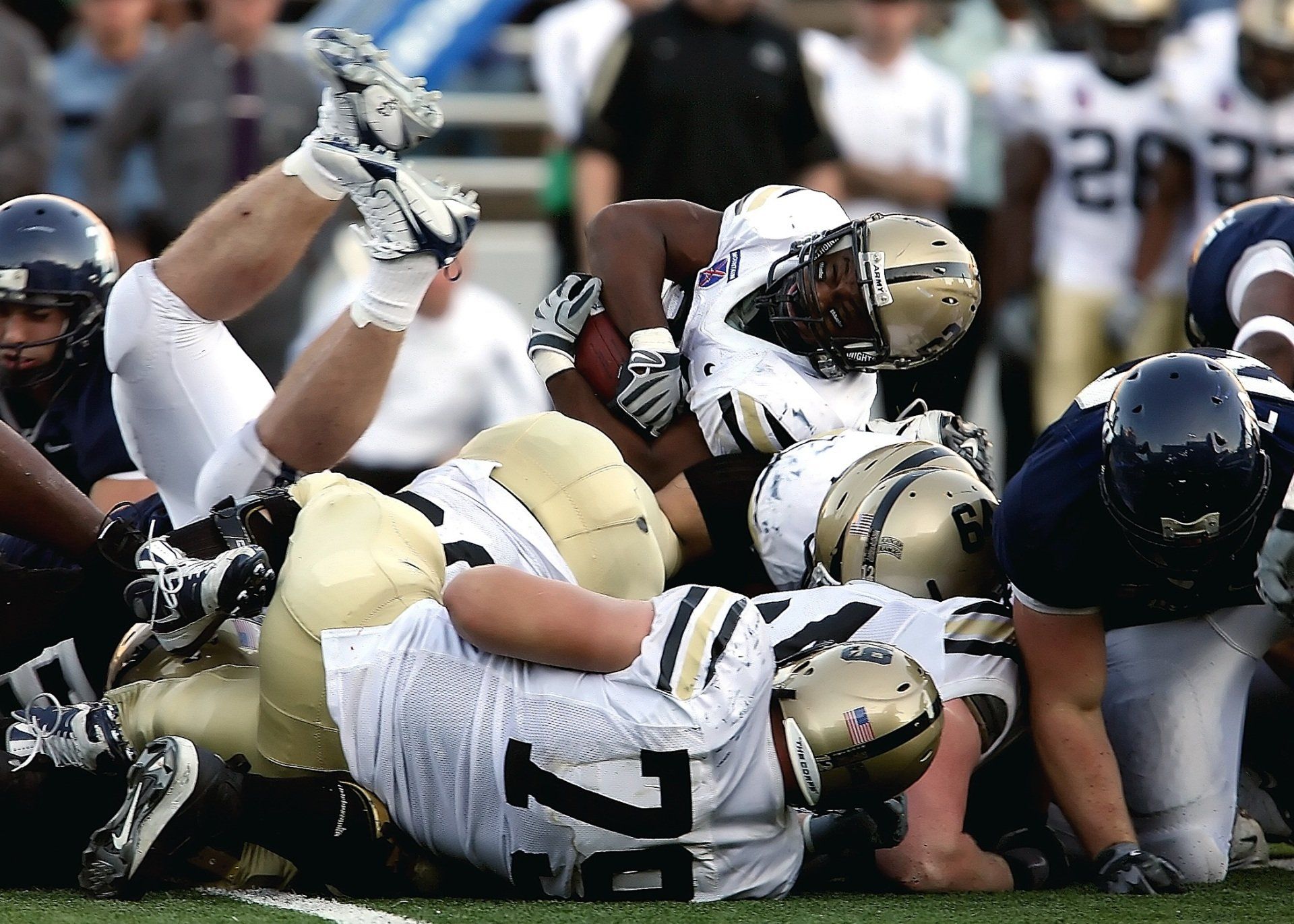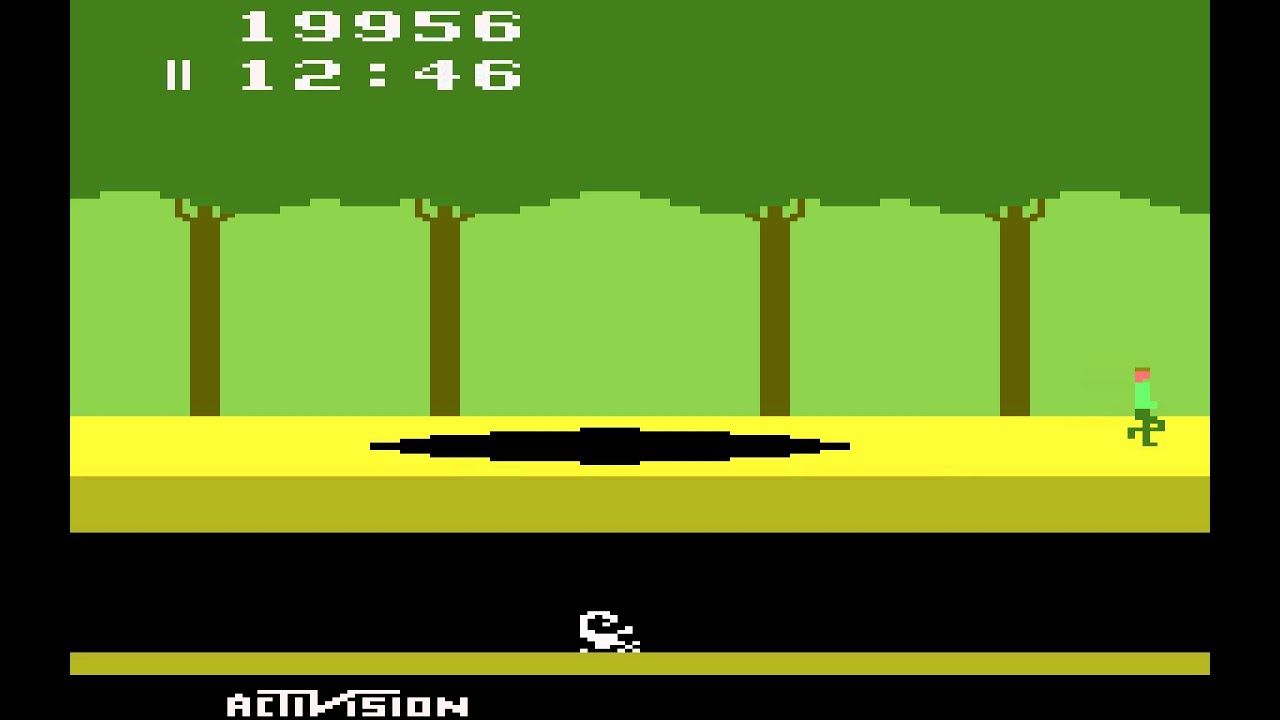🎯 The Recruiting Matrix: Understanding Divisions, Levels, and Opportunities
Unlock the College Athletics Landscape and Find the Right Path for You
Navigating the world of college sports can feel like you’ve stepped into The Matrix — overwhelming, full of choices, and riddled with rules that don’t always make sense at first glance. But just like Neo, once you begin to understand the system, you gain the power to make confident decisions, dodge obstacles, and choose the right path for your journey.
In this article, we’ll break down the four major athletic associations, help you understand the differences between their levels, and decode key recruiting rules so you can confidently map out your future.
🏛️ The Four Major Athletic Associations
1. NCAA – National Collegiate Athletic Association
- Levels:
- Division I (DI)
- Division II (DII)
- Division III (DIII)
- What Sets It Apart:
The NCAA is the most well-known association and includes the biggest athletic programs in the country. Division I and II offer athletic scholarships; Division III does not, but still offers a high level of competition and academic aid. - Key Facts:
- DI has the most structured recruiting process and tightest rules.
- DII offers a hybrid between DI's competitiveness and DIII's flexibility.
- DIII emphasizes academics and student-athlete balance.
- Scholarships:
- DI & DII: Athletic scholarships available
- DIII: No athletic scholarships, but strong academic and need-based aid
2. NAIA – National Association of Intercollegiate Athletics
- What Sets It Apart:
Smaller colleges that offer a more personal, flexible recruiting process. Known for a strong community and balance between academics and athletics. - Scholarships:
Athletic scholarships available - Recruiting:
Coaches can contact athletes earlier than NCAA programs. No recruiting calendar.
3. NJCAA – National Junior College Athletic Association
- Levels:
- Division I
- Division II
- Division III
- What Sets It Apart:
Community and junior colleges. Offers a stepping-stone to four-year programs. - Scholarships:
DI & DII: Athletic scholarships
DIII: No athletic scholarships - Recruiting:
Open and flexible; great for late bloomers or athletes looking to improve academics before transferring.
4. USCAA – United States Collegiate Athletic Association
- What Sets It Apart:
Smaller colleges focused on student-athletes looking for a flexible experience, often in niche or specialized academic environments. - Scholarships:
Some offer athletic aid depending on the school - Recruiting:
Similar to NAIA and NJCAA — less rigid and more personal
🔍 Recruiting Rules: What You Need to Know
Every association sets its own rules for how and when college coaches can communicate with you. Here’s a simplified breakdown:
🧭 So, Where Do You Fit?
Finding the right athletic and academic fit isn’t about picking the most popular path — it’s about choosing the one that aligns with your values, strengths, and goals.
Ask yourself:
- Do I want to play at the highest competitive level?
- What kind of campus size and academic rigor suits me?
- Would I thrive with a flexible schedule or a strict regimen?
- Am I open to a two-year school as a stepping stone?
📥 Ready to Take the Red Pill?
Don’t let confusion paralyze you. You now have a framework to start exploring the real opportunities available. If you're ready to truly understand how recruiting works, and want a step-by-step guide to help you through it…
🚨 Unlock The Own the Process Beginners Tool Kit 🚨
The College Recruiting Edge Tool Kit includes:
- 📅 A complete recruiting timeline
- ✅ A roadmap based on the 15 Steps to Break Through the Process
- 📈 Recruiting Checklists
👉
Download the FREE "Own Your Recruiting Process Starter Kit" today
…and when you're ready to go deeper, purchase the full version to get all the tools, strategies, and insider info you need.
🎯
Take control. Own your process. Be recruited.
Start here: [Insert Link]
💥 Ready for the Full Experience?
Purchase the College Recruiting Edge Tool Kit for access to the full suite of tools and templates that will keep you organized, motivated, and on track.
👉 [Click here to purchase now]
💳 $XX | Instant Download | Trusted by Student-Athletes Nationwide
🎯
The College Recruiting Edge Tool Kit
Your Ultimate Resource to Own Your Recruiting Journey
The College Recruiting Edge Tool Kit is a comprehensive, self-guided resource designed for student-athletes and families who want to take control of the college recruiting process. Whether you're just getting started or deep into your search, this all-in-one digital tool kit equips you with the clarity, confidence, and organization needed to make informed decisions and find your best college fit.
Inside, you'll get these essential tool kits and so much more
✅
Own the Process Beginner’s Tool Kit – Breaks down the recruiting journey into clear, actionable steps so you can get started with confidence.
💡
Mission & Mindset Tool Kit – Helps you clarify your "why," build confidence, and approach recruiting with the right mindset.
🏛
College Athletics 101 Tool Kit – Understand the landscape of college sports, from NCAA rules to the student-athlete experience.
📣
Build Your Brand Tool Kit – Create a standout student-athlete profile and learn how to communicate effectively with college coaches.
🏫
Campus Visit Tool Kit – Maximize your college visits with checklists, questions, and templates to compare schools.
🧠
Smart Recruit Tool Kit – Over 200+ essential questions and organizational tools to guide conversations and track your progress.
📍
College Fit Tool Kit – Discover your ideal college fit by evaluating academics, athletics, and campus culture.
🔎
Decision-Making Tool Kit – Weigh your options with confidence using comparison charts, pros & cons lists, and decision checklists.
